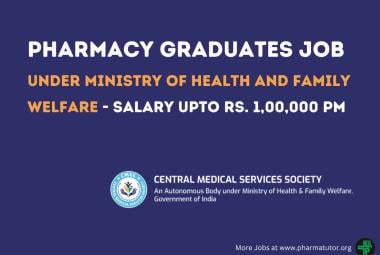ARTS AND SCIENCE OF PATIENT COMPLIANCE
{ DOWNLOAD AS PDF }
ABOUT AUTHOR
AK MOHIUDDIN
Faculty of Pharmacy, World University of Bangladesh
Dhanmondi, Dhaka, Bangladesh
ABSTRACT
The word ‘compliance’ comes from the Latin word complire, meaning to fill up and hence to complete an action, transaction, or process and to fulfil a promise. In the Oxford English Dictionary, the relevant definition is ‘The acting in accordance with, or the yielding to a desire, request, condition, direction, etc.; a consenting to act in conformity with; an acceding to; practical assent”. Compliance with therapy is simply patients understanding of medication, motivation toward having this medication is a prescribed manner with the belief that the prescriber and prescribed medicine will be beneficial for his well-being. Although this is often the case, in a number of situations, the physician and pharmacist have not provided the patient with adequate instructions or have not presented the instructions in such a manner that the patient understands them. Nothing should be taken for granted regarding the patient’s understanding of how to use medication, and appropriate steps must be taken to provide patients with the information and counseling necessary to use their medications as effectively and as safely as possible. 20% to 30% of new prescriptions are never filled at the pharmacy. Medication is not taken as prescribed 50% of the time. For patients prescribed medications for chronic diseases, after six months, the majority take less medication than prescribed or stop the medication altogether. There are both federal and state laws that make using or sharing prescription drugs illegal. If someone take a pill that was prescribed to someone else or give that pill to another person, not only is it against the law, it's extremely dangerous.




 About Authors:
About Authors:  About Authors:
About Authors: About Authors:
About Authors:







.png)


